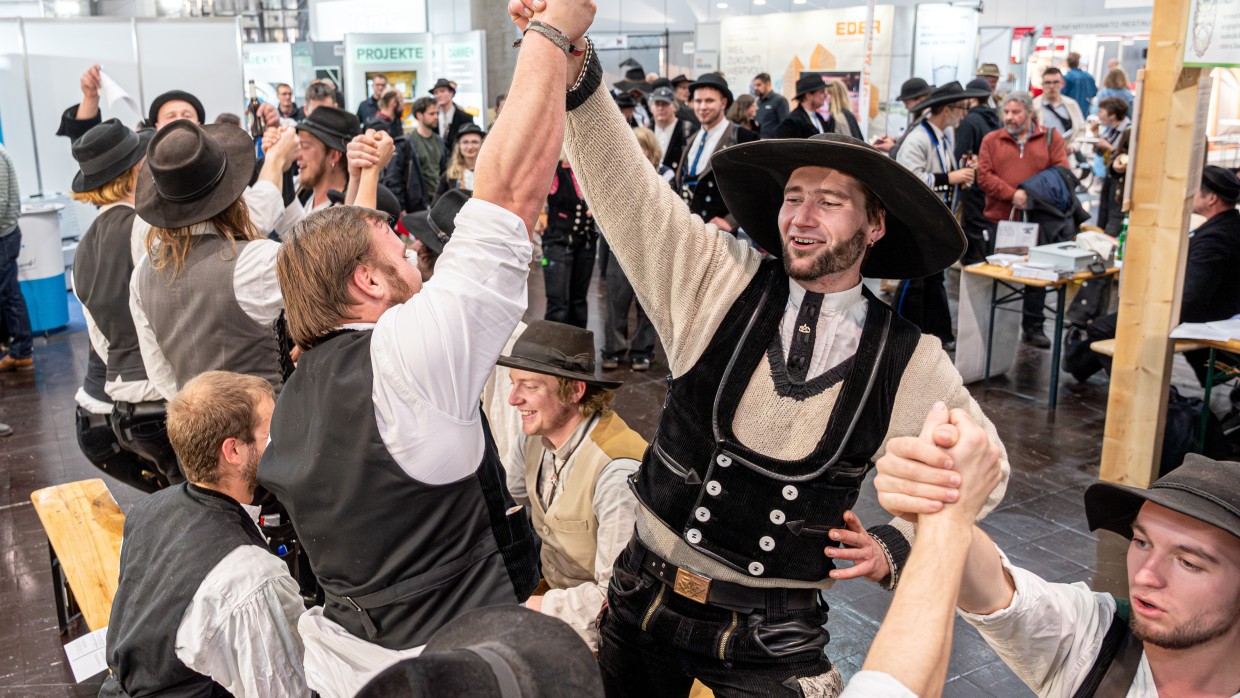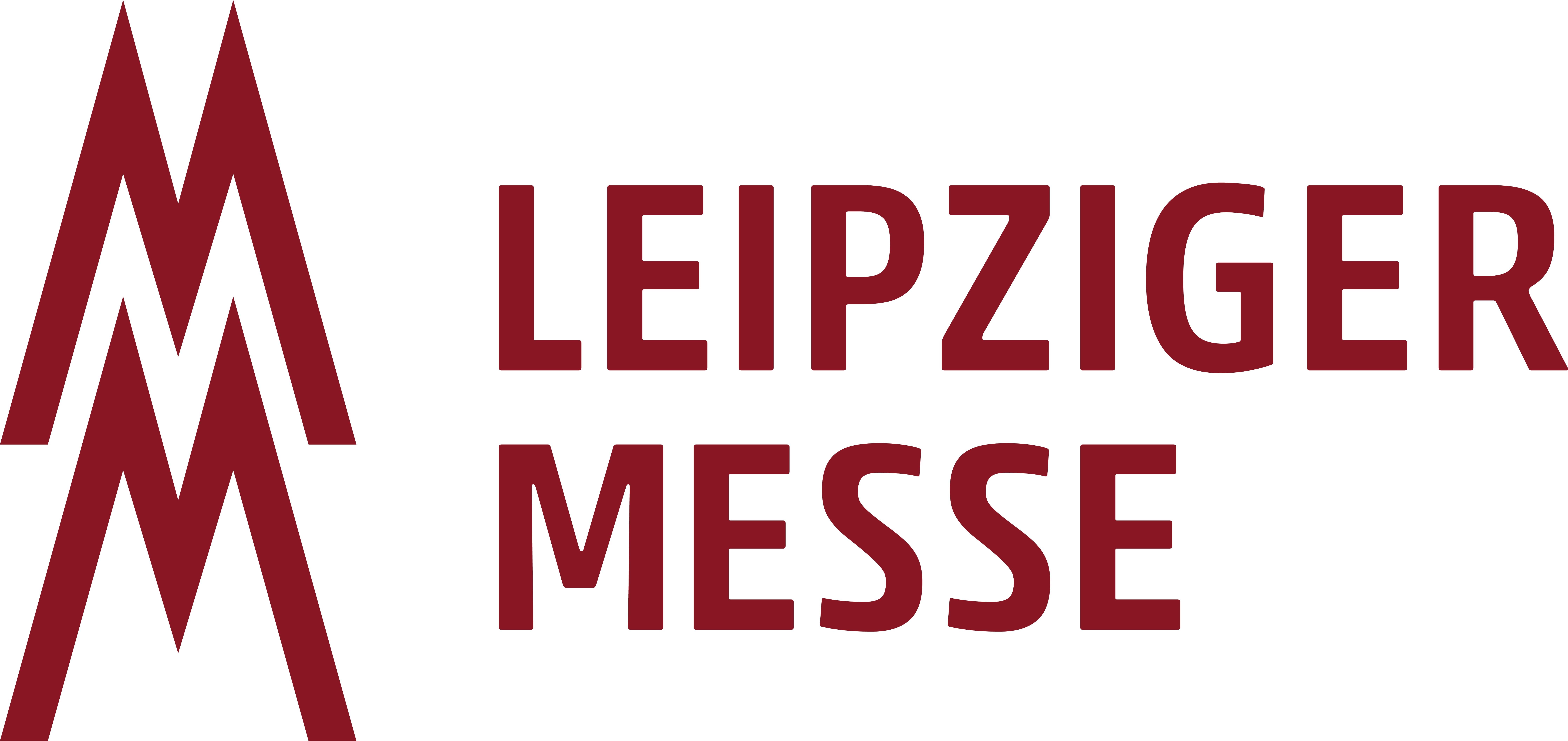News
News
Experience building culture: Summer construction sites in Chemnitz Capital of Culture Year 2025
As part of the European Capital of Culture Year 2025, the Chemnitz region will become a space for living building culture. Numerous summer construction sites invite you to work together on the preservation, conversion and further development of historical and social sites. We present four projects - in Oelsnitz, Hohndorf, Weiditz and Chemnitz - and show how cultural participation is also made possible by building together.
With the Capital of Culture year 2025, Chemnitz is moving into the European spotlight - not only as a location for festivals and exhibitions, but also as a region in which building culture is actively conceived and shaped. At various summer construction sites, journeymen and women are invited to realize projects that focus on shared craftsmanship, historical heritage and social responsibility.
These construction sites combine monument preservation with future issues, create spaces for encounters and promote cooperation between local initiatives, experts and people on the move. Itinerant journeymen and women, who have been recruited by call, contribute their expertise and encounter open structures, new contexts and collaborative building processes. Not every construction site is equally advanced. But they all carry the idea of a participatory, open building culture. Four projects illustrate what can be achieved. Take a look at the work of the journeymen and women!
Gatehouse at the Oelsnitz Mining Museum - building culture on a small scale
On the site of the former coal mine in Oelsnitz, an old gatehouse is the center of attention. Small in scale, large in symbolic value, it shows how industrial heritage can be preserved and made accessible.
Classic craft activities are planned - from carpentry to roofing and plumbing work. Educational aspects also play a role: school groups can be involved in order to make the cultural and craft value of such places tangible. The gatehouse is thus an example of a sensitive, educational approach to regional history.
Hohndorf parish hall - a roof for a new use
The former community center in Hohndorf is a place with potential. In the future, it will serve as a publicly accessible space for culture, events and local education. To achieve this goal, the initial focus is on renovating the roof.
In addition, the journeymen will have the opportunity to work in other trades such as clay construction, façade design or window restoration.
Kulturscheune Weiditz - space for process and design
In Weiditz, a listed four-sided courtyard is being transformed into an open space for action. The Kulturscheune is exemplary of a building site that focuses less on complete renovation and more on collective learning, exchange and design.
The clay-wrapped building forms the core of the planned activities, supplemented by timber frame renovation, window construction, insulation work and much more. The sponsoring association deliberately allows for open work: What is created can remain unfinished. The building site is not a completed construction contract, but a growing process that combines creativity, time and collaborative action.
Chemnitz Botanical Garden - combining inclusion and nature
In the middle of the city, a place where nature, education and accessibility come together is being created in the Botanical Garden. A path of the senses is planned that can be experienced by all visitors - regardless of their physical abilities.
In addition to the path, a raised bed for edible plants, a small fountain and landscaping elements will be created. The construction site invites visitors to touch on social issues through structural measures - and to make experiencing nature accessible to everyone.





